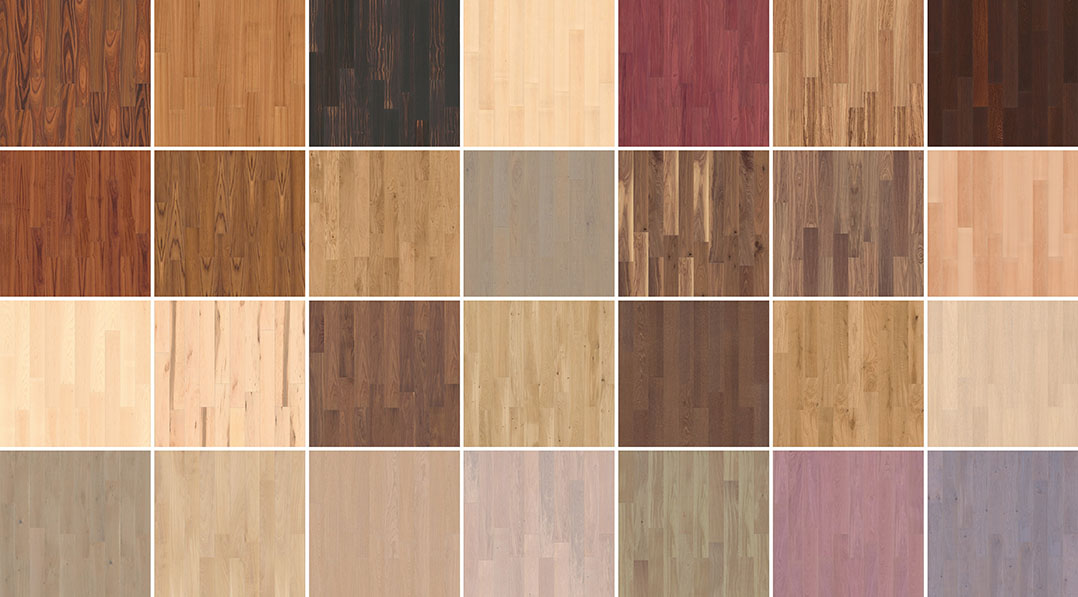

Real Time Rendering 1 comes with a library of predefined, rendering and technological specifications to make the application of textures effortless. Technological Specifications… In addition to the texture rendering, users can also define technological specifications such as, material density, Young modulus and Poisson ratio. User-defined specification families help designers in organizing these materials. To simplify the creation process, designers can begin with any digital image, change the stretch values and mapping options to planar, cylindrical or spherical projection. Rendering Specifications… Designers can interactively create material texture definitions with controlled parameters such as color, luminance, transparency and reflectivity.

The system applies technological and rendering specifications to parts to produce a realistic visualization. Realistic Renderings… Designers can achieve a real-life rendering of their entire design with the Real Time Rendering 1 (RT1) product. Offers the same ease of use and user interface consistency as all CATIA V5 applications.Enables to share material specifications with other CATIA V5 applications.
#Catia v5 rendering windows#

To avoid this inconvenience we have a great option called 3D/ 2D Accuracy Proportional. The 3D Accuracy it’s for 3D modeling and the 2D is for Drafting Module and both improve display performance in each module. If you change this value to be a > 0.01 the eyes will see a circle. In this tab you have to modify 2 parameters, one for 3D Accuracy and another for 2D Accuracy.Īs you can see, with a 0.60 fixed value of 3D/2D Accuracy the circle looks like a polygon. You must navigate to: Tools > Options and in the opened Option Window explore the tree Options > General > Display and go to the Performance tab. To Improve Display Performance you must change some parameters from CATIA Options. This anomaly appears because CATIA must work properly on a slow computer station or into a performant Graphic Station (e.g. If you use CATIA for modeling parts with default Display Performance Options, I think you saw that the circle looked like a polygon, but in reality this polygon it’s a circle.


 0 kommentar(er)
0 kommentar(er)
